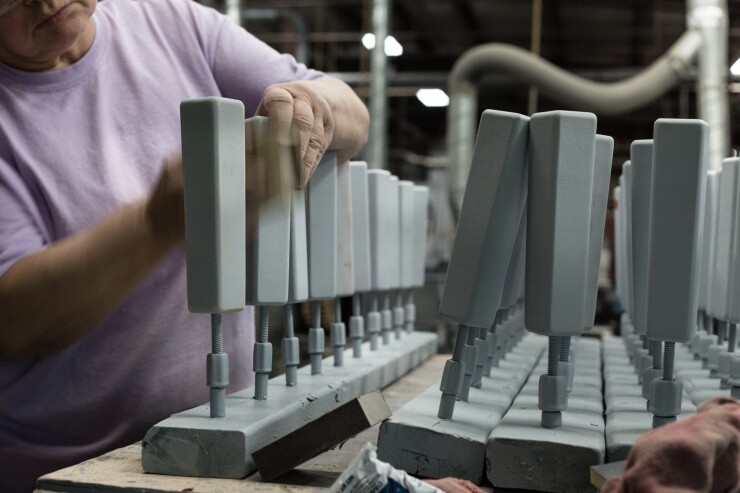Cybersecurity is top of mind today for accountants, the industry having faced several high-profile attacks this year. But accounting professionals also have to keep in mind the vulnerability of their clients, and different types of clients face different levels of risk.
One of the most highly sought after prizes for malicious hackers, after money, is intellectual property. The ugly truth is that hackers aren’t just lone individuals in basements hacking into systems for fun — nations and business competitors also have an interest in breaching company systems, often to gain access to valuable IP to either steal it for themselves or to sabotage the progress of a government or company.

It’s no surprise then that 50 percent of manufacturers in the U.S. have been the victim of data breaches in the past year, according to a survey conducted by accounting firm Sikich, which also provides technology services. Of the 50 percent of respondents who said their companies experienced data breaches, 11 percent said they had experienced “major” breaches. Still, executives believe their companies can thwart attacks. A majority (54 percent) said they are “extremely” or “very” confident of the ability of their companies to prevent or minimize the impact of data breaches.
“Cybercriminals have moved on from focusing primarily on organizations rich in sensitive personal data, such as financial or health care institutions,” said Brad Lutgen, partner-in-charge of Sikich’s cybersecurity practice, in a statement. “Instead, they target any organization with IT weaknesses and attempt to turn a profit through ransomware and other cyber-extortion techniques. In response to this growing threat, manufacturing executives must make security a core corporate priority and push forward the implementation of preventative measures in their organizations.”
The report found that many manufacturers, especially those with revenue under $500 million, neglect key cybersecurity preparedness efforts. Overall, less than 40 percent of these smaller companies perform cyber audits (38 percent), penetration testing (33 percent), security assessments of vendors (32 percent) and phishing exercises on employees (31 percent).
It’s worth noting that if preparedness seems overwhelming, it’s still useful to focus on one tactic to get the cybersecurity ball rolling. Phishing and other socially engineered methods of cyberattacks are the most common ways criminals get into computer systems, so setting up personnel training can go a long way to protect and organization.
Another way to help manufacturing clients get ahead of potential threats is to encourage the adoption of new technology. Because human error or negligence is the cause of the
While a majority of respondents to the survey have automated in some way their production processes and machining, assembly and packaging, only about a third said they have “extensively” automated these areas. Even fewer manufacturers maximize their use of the most advanced technologies. For example, 24 percent use robotics extensively, while 23 percent say the same about 3D printing and additive manufacturing. Only 34 percent of companies use the industrial internet of things extensively, though that number rises to 57 percent when just accounting for manufacturers with revenues of $500 million or greater.
“To compete in today’s fast-paced and evolving manufacturing environment, companies must embrace every efficiency-enhancing tool available,” stated Jerry Murphy, partner-in-charge of Sikich’s manufacturing and distribution practice. “While the largest manufacturers have made meaningful strides down the path of digital transformation, it’s time for everyone else to follow suit. Incorporating automation holistically across a manufacturing operation can help a company enhance efficiency, ease market pressures and gain a competitive edge.”
Sikich’s 2019 Manufacturing and Distribution Report can be downloaded





